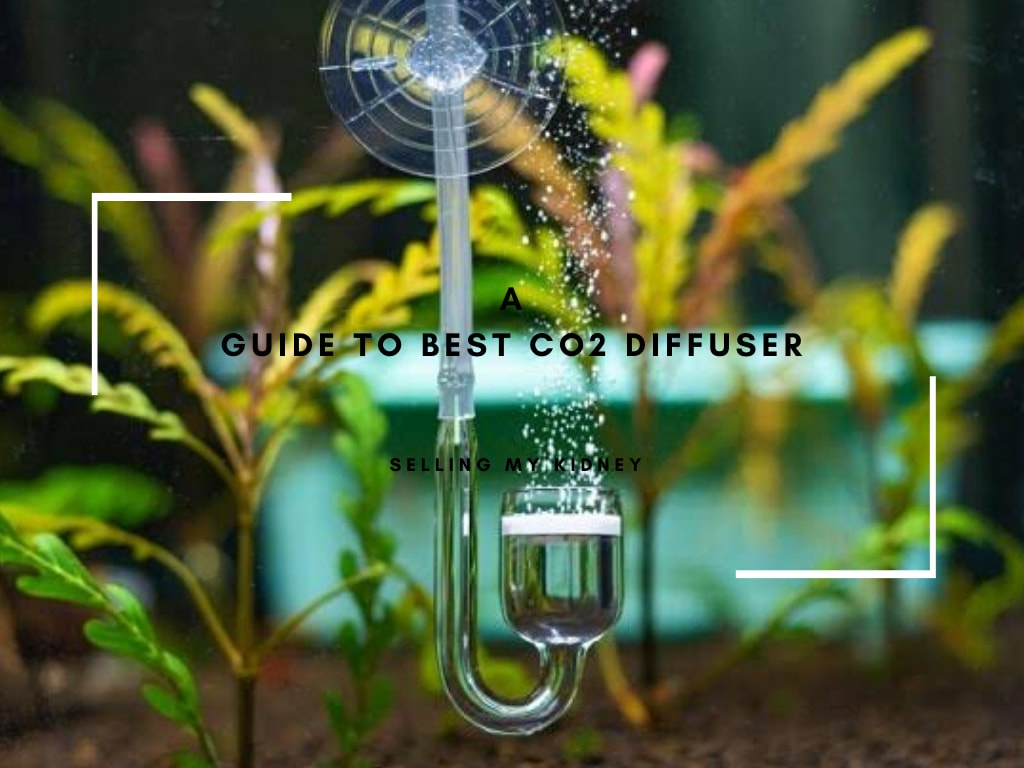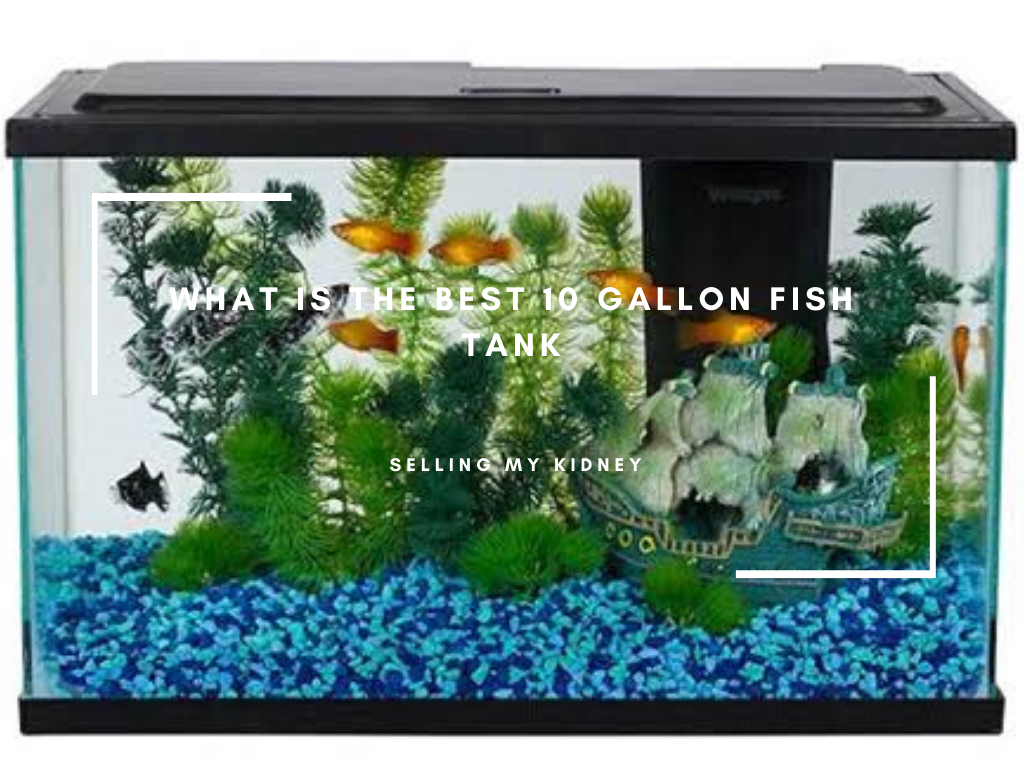Aquarium filters are an essential part of keeping a healthy aquarium.
They help keep the water clean and free from harmful bacteria and provide oxygen for fish and other aquatic life.
But can you reuse them?
Yes!
Reusing your filter is cost-effective and environmentally friendly – it reduces waste in landfills while maintaining good-quality filtration for your tank.
Here’s why:
- It saves money;
- You don’t have to buy new parts or replace old ones;
- The same filter will last longer if reused properly;
- Fewer pollutants are entering our environment. due to fewer packaging materials being used when reusing filters instead of buying new ones every time they need replacing.
Additionally, there are several ways that you can go about cleaning and reusing your aquarium filter.
Such as rinsing out debris with dechlorinated tap water or using special solutions designed specifically for this purpose.
For example, Filter Flosser™ helps remove dirt particles without damaging the delicate biological media inside the unit.
How To Reuse Aquarium Filters
Reusing aquarium filters is a great way to save money and reduce waste.
Here are some tips on how to do it:
- Clean the filter media regularly – this will help keep your tank clean, healthy, and free of debris;
- Replace any worn-out parts or components with new ones;
- Make sure all connections are secure before reassembling the filter system;
- Check for leaks in hoses or tubing that could cause water loss from your tank;
- Test the flow rate of each component after installation by running water through them one at a time (this can be done using an air pump);
- Monitor ammonia levels closely as they may increase when you reuse old filters due to bacteria buildup over time ;
- Change out 25% of your aquarium’s water every two weeks while monitoring nitrate levels, too. This helps maintain quality filtration without having to replace entire systems often!
The Pros And Cons Of Reusing Aquarium Filters
Reusing aquarium filters can be a great way to save money and reduce waste.
Plus, it is cost-effective since you don’t have to buy new filter media every time. You need to clean your existing filter material.
Additionally, reusing filters helps conserve resources by reducing plastic packaging and other materials used in manufacturing new products.
However, there are some drawbacks as well.
If not properly maintained or cleaned regularly, enough bacteria may build up.
That leads to water quality issues such as cloudy water or increased nitrates/nitrites that can harm fish health over time.
It’s also important for hobbyists who choose this option to understand how often they should replace their old filter media with fresh ones.
It is typically once per month, depending on tank size and stocking levels.
So that beneficial bacterial colonies remain healthy within the system while providing adequate filtration capabilities for optimal aquatic life support conditions!
Reusing Aquarium Filters: What You Need To Know
Reusing aquarium filters is a great way to save money and reduce waste.
Here’s what you need to know:
- Filters should be cleaned regularly – at least once every two weeks, and more often if the tank has high debris or algae growth levels.
- When cleaning your filter, use only water from the same source as your tank (tap water for freshwater tanks). Never use soap or detergents!
- Rinse all parts thoroughly before reassembling them to remove any residual dirt particles that could clog up the system later.
- Examples of items needed when replacing/cleaning an aquarium filter include new sponges, activated carbon media bags, bio-media balls, and ceramic rings.
- It’s important not to overclean – too much scrubbing can damage beneficial bacteria colonies inside the filter, which are essential for keeping ammonia levels low in your fish tank environment!
- Lastly, remember that some filters may require special maintenance, such as periodic backwashing with dechlorinated tap water throughout their lifespan. So, read through manufacturer instructions carefully before starting work on it yourself.
Diy Aquarium Filter Cleaning And Reuse
DIY aquarium filter cleaning and reuse is a great way to save money while keeping your tank clean.
Here are some tips for successful DIY maintenance:
- Disassemble the filter, taking care not to damage any parts;
- Rinse all components in warm water (not hot);
- Use an old toothbrush or other soft brush to remove debris from small crevices;
- Soak media such as sponges, ceramic rings, and bio-balls in dechlorinated water overnight;
- Replace carbon every month if you use it regularly;
- Reassemble the filter after everything has been cleaned properly. Make sure that no air bubbles remain trapped inside!
- Test your newly assembled unit by running it through its cycle before adding fish to the tank. This will ensure the proper functioning of all components!
- Finally, remember that regular maintenance is key when using a DIY system. Check on filters at least once per week and replace/clean them accordingly, depending on how much waste they accumulate over time.
This will help keep your fish healthy and happy and extend their lifespan!
The Importance Of Properly Cleaning And Storing Aquarium Filters For Reuse
Cleaning and storing aquarium filters for reuse is an important part of keeping a healthy tank.
Properly cleaning the filter will help keep your fish safe from disease, while proper storage can extend its life span.
Here are some tips to ensure that you get the most out of your filter:
- Clean it regularly – Depending on how often you feed your fish or change their water; cleanings should be done at least once every two weeks, more frequently if needed! Use warm water and mild soap (no detergents) when washing off any debris stuck in the media or other parts of the unit.
- Rinse thoroughly – Make sure all traces of soap have been removed before putting it back into use by rinsing with dechlorinated tap/aquarium water several times until no suds remain visible.
- Dry completely – Allow time for everything to dry naturally after each rinse cycle so as not to introduce moisture-loving bacteria into your system, which could cause harm later on! This may take up to 24 hours, depending upon humidity levels in the room stored away during this process. so plan just in case you need an extra day drying period.
- Store properly – When not being used, ensure the store is inside a cool dark place like a closet shelf, cabinet drawer, basement attic, or garage shed.
How To Tell If Your Aquarium Filter Is Still Good To Reuse
If your aquarium filter is still good to reuse, there are a few things to consider.
- Check the condition of the filter media; it should be free from any visible signs of wear and tear or damage.
- Ensure all parts (e.g., impeller) are in working order and not clogged with debris or algae buildup.
- Inspect for leaks around seals/connections – these can cause water loss over time which could lead to poor filtration performance down the line!
- Test out its suction power by running some tap water through it. This will help determine whether or not it’s functioning properly before reusing it in an actual tank setup again!
If everything looks okay after doing these checks, your old aquarium filter is ready for another go-round!
Final Thoughts: Can You Reuse Aquarium Filters
In conclusion, it is possible to reuse aquarium filters.
This can be a great way to save money and reduce waste in the long run.
However, some important considerations must be taken into account before reusing an old filter:
- Make sure you clean out all the debris from your tank first; this will help prevent bacteria or parasites from entering your new system.
- Replace worn-out parts, such as sponges and carbon cartridges, with fresh ones for optimal filtration performance.
- Check if the manufacturer recommends replacing certain components after each use (e.g., impellers).
If so, follow their instructions carefully!
Overall, reusing aquarium filters can provide many benefits when done correctly – financially and environmentally!




